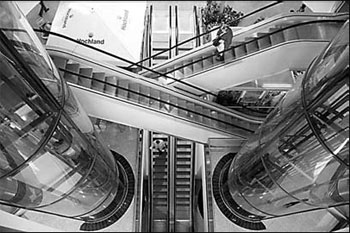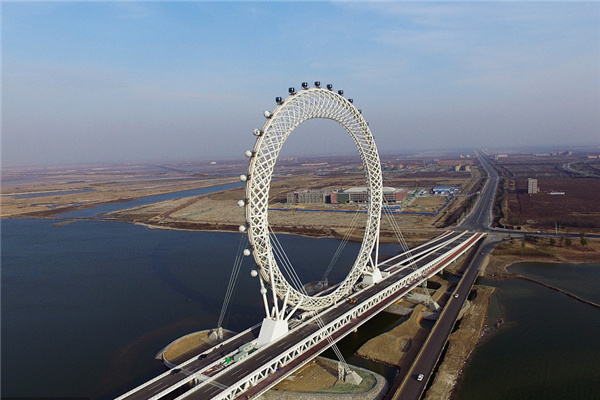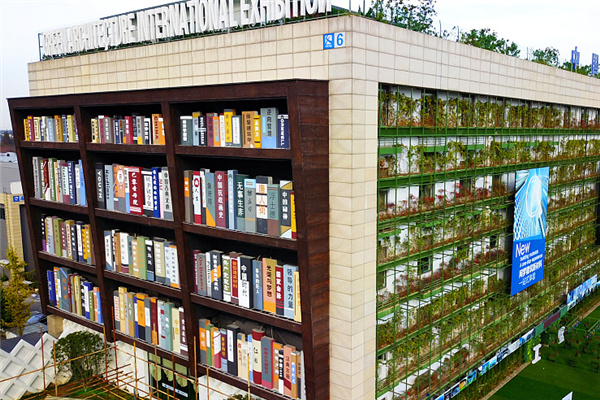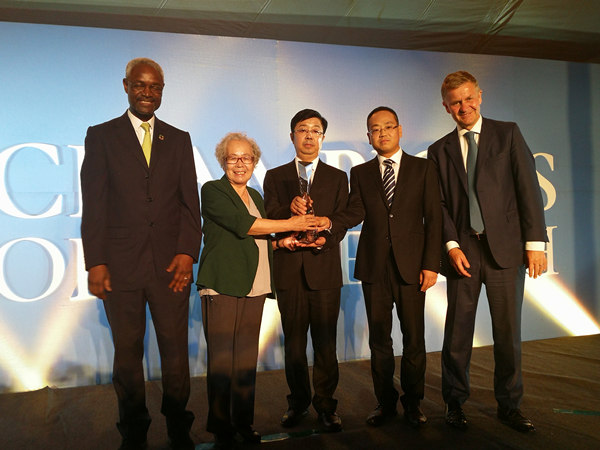

Move the people up and down with minimum energy consumed. That is the goal of Otis, the world's largest elevator manufacturer.
"If 80 percent of China's elevators could adopt or be replaced by elevators with technology that saves up to 30 percent energy, then by 2015, a total of 12.2 billion kilowatt hours of electricity will be saved each year," Lindsay Harvey, president of Otis Elevator Investment (China) Co Ltd, says.

Currently, Otis expects to set off a "green" revolution, making and promoting energy-saving elevators.
Otis began the concept of "greening the elevators" as early as more than a decade ago and now plans to produce elevators using less material, saving more energy, making more efficient use of space, creating "zero" pollution for the environment, prolonging their cycle of operation and ensuring that elevators live as long as the buildings themselves.
Starting with its Gen2 roomless elevator, which launched on the global market in 2000, Otis has offered products with advanced technologies featuring lightweight raw materials, smaller sizes and lubrication pollution-free steel belts, ushering in a new era of energy conservation, resource efficiency and environment-friendly elevators. Otis made another industry breakthrough early last year, introducing the new energy regeneration technology ReGen Drive to China. The technology, combined with the powerful green elevator platform, broke the "energy conservation" concept and brought along a landmark innovation for city development by "generating" energy. ReGen Drive can generate power, save energy and reuse energy with high reliability. The technology will recover 30 to 70 percent of the electricity consumed in the running of the elevator and will input it to the grid for reuse. Energy regeneration technology is an integral part of the elevator and buyers don't pay extra for this technology. The patented technology is of great significance in helping China achieve its energy conservation targets as well as social and economic sustainable development.
Chinese elevator association's data indicates that in recent years, the number of elevators in China is increasing with a rate of over 10 to 12 percent each year.
By the end of 2008, the number of elevators is expected to exceed one million and China has become the largest elevator user in the world.
At present, many international elevator manufacturers spare no effort in competing for the potential Chinese market.
Last year, Otis set up its first environmentally friendly plant in the Tianjin Economic Development Area (TEDA).
Following the "green, energy conservation and efficiency" concept, the Otis Elevator TEDA Base is the largest and most advanced elevator manufacturing base for green products and technologies serving the Chinese and overseas markets.
"The TEDA plant is our first green manufacturing base at a global level. Its establishment demonstrates our solid support for China to build energy-efficient and environmentally friendly society. With our TEDA plant, we reduce 25 percent of comprehensive energy consumption with only four to seven percent of added investment," Harvey says.
Olympics igniting revolution

Otis also has close ties with the Olympic Games. As early as 2004, when the Summer Olympic Games were held in Athens, Otis elevators were used in airports, subway stations, the Athens news center and all competition venues.
Otis is also the elevator provider for some of the competition venues for the 2008 Beijing Olympic Games.
The National Aquatics Center, known as the "Water Cube", is the main venue for aquatic events of the Beijing Games, and has caught people's attention with its futuristic look. The project used 10 Otis Machine-Room-Less (MRL) elevators, Gen2, and creatively introduced flat composite steel strips replacing traditional wire ropes to pull the elevator cars.
The project allowed steel strips to take the place of traditional wire ropes, thus using lighter, smaller elevators and improving the efficiency of journeys. The volume of the new elevators is only half that of an traditional elevators and thus saves space within the building, while at the same time reducing noise, pollution and saving more than 10 percent energy.
(China Daily 03/10/2008 page5)













